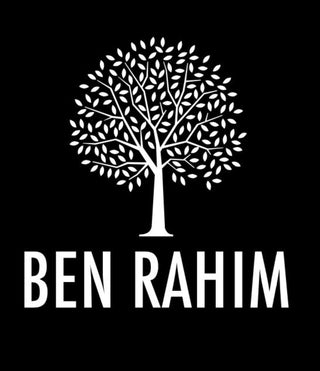


The BACKYARD is our house blend that we serve as espresso or cappuccino. It is a very balanced sweet coffee that tastes great as espresso or with milk. This everyday coffee is our bestseller.
As the crops change, so do the components of the BACKYARD, highlighting harvest cycles and celebrating the seasonality of coffee. We've combined the great fruit qualities from each component, and allowed the sweetness to shine.

Red fruit and refined sweetness


The BACKYARD is our house blend that we serve as espresso or cappuccino. It is a very balanced sweet coffee that tastes great as espresso or with milk. This everyday coffee is our bestseller.
As the crops change, so do the components of the BACKYARD, highlighting harvest cycles and celebrating the seasonality of coffee. We've combined the great fruit qualities from each component, and allowed the sweetness to shine.

Red fruit and refined sweetness

Brazil
Our Cascavel Vermelha (Portuguese for red) has lots of red fruit and refined sweetness. Sourced through our vertically-integrated supply chain, our 84 SCA cup Cascavel offers sustainable, consistent coffees at accessible pricing. Our experienced QC origin teams specially select every coffee that makes its way into our high-quality Cascavel blends. We focus on whole-harvest sourcing, producer resilience and roaster success.

Natural processing
This coffee has been selected based on its fruity profile. In most cases, Natural processing connotes such flavors; however, this coffee may have some Pulped Natural contributions as well. Natural lots will be dried on large patios under sun, while Pulped Natural will be pulped and then laid to dry on patios. In both cases, the coffee will be raked and turned regularly to ensure even drying and a clean cup profile.

Brazil
Just under 40% of all coffee in the world is produced in Brazil - around 3.7 million metric tons annually. With so much coffee produced, it’s no wonder that the country produces a wide range of qualities. Brazil produces everything from natural Robusta, to the neutral and mild Santos screen 17/18, to the distinctive Rio Minas 17/18. In recent years, Brazilian producers have also begun investing more heavily in specialty coffee production.

RWANDA
The Nova Coffee washing station was once the site of a coffee coop known as COOGIPROCA. After the coop went bankrupt in 2013, Nova bought it and made renovations before starting to buy and process cherries there. They started by selling their parchment to Rogers Family Coffee, with financial help from Ruizi Specialty exporters. In 2015 they approached RTC, looking for more working capital and a strong guaranteed market for their coffee. The high altitudes and rich volcanic soil are ideal growing conditions, and they produce mainly supreme quality.

THE STORY
Nova Coffee grows specialty red Arabica Bourbon in the warm tropical sunlight and rich volcanic soils of northern Rwanda. Surrounded by native tropical rainforest, our 155-hectare coffee plantation of 380,000 trees, sits at an altitude of 1800-2000m high, spread across the mountainside and close to the beautiful Muhazi Lake.
It is the perfect, idyllic environment to grow a truly unique coffee, with the cherries ripening to a vibrant deep red from mid-March to mid-June. We then process both our own coffee and that of the 2,880 small-holder coffee farmers in our community – producing both fully washed and naturals.



